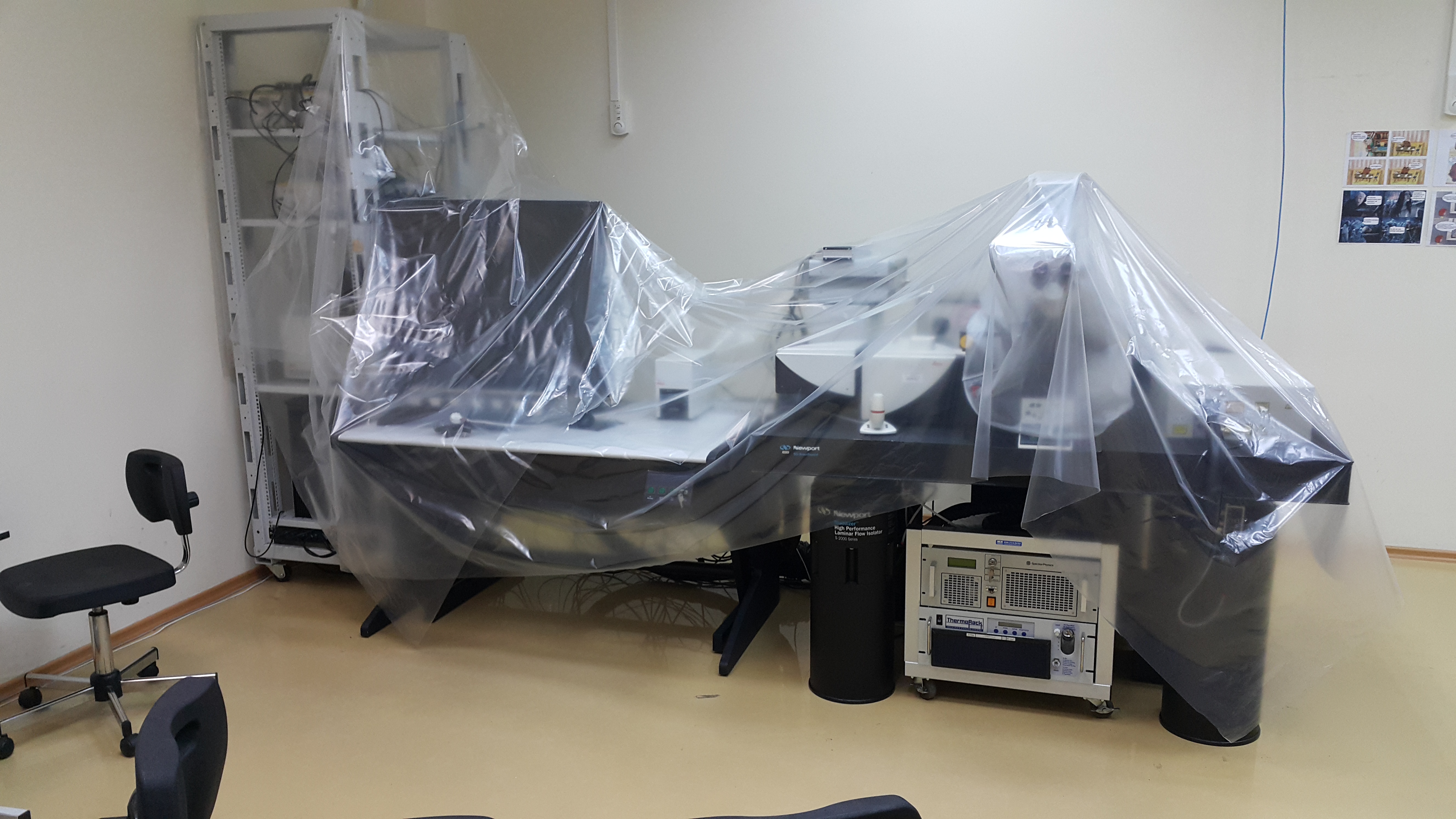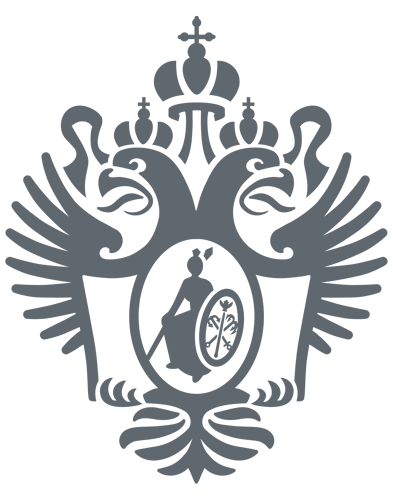13.01.2017 Генетики СПбГУ выявили новый тип наследования признаков
Ученые Санкт-Петербургского государственного университета и Санкт-Петербургского филиала Института общей генетики РАН охарактеризовали новый «полиприонный» тип наследования признаков у микроорганизмов. Статья, посвященная этому открытию, опубликована в одном из ведущих научных журналов в области генетики — PLOS Genetics.
Как известно, в соответствии с хромосомной теорией наследуемые изменения возникают в результате нарушений в последовательности ДНК. Открытие прионов — белков, способных к воспроизводящимся изменениям пространственной структуры, позволило выявить новый тип наследственности. Молекулы белка в прионной форме провоцируют изменение формы всех остальных молекул этого белка. В этом случае изменение формы белка, а следовательно, и его активности не зависит от мутаций. Такие изменения наследуются у одноклеточных организмов в процессе клеточных делений.
Подробнее: 13.01.2017 Генетики СПбГУ выявили новый тип наследования признаков
12.01.17 В рамках проекта "Российский взгляд на международное право: современное состояние и перспективы развития" приступили к интерактивной визуализации данных с помощью Tableau. Цели исследования: 1. проанализировать современные теоретические подходы к пониманию международного права в свете тенденций его развития с учетом позиции Российской Федерации; 2. выявить возможности и механизмы для наиболее полного и эффективного участия Российской Федерации в международном правотворчестве и защиты национальных интересов международно-правовыми средствами. Научный руководитель проекта Ксения Дмитриевна Шестакова, кандидат юридических наук, доцент кафедры международного права.
Nanotechnology Volume 28, No. 6, January 2017
S. Schlicht, A. Kireev, E. Grachova, S. Tunik, A. Manshina, J. Bachmann
A model electrode of well-defined geometry prepared by direct laser-induced decoration of nanoporous templates with Au–Ag@C nanoparticles
Nanotechnology Volume 28, No. 6, January 2017
DOI: 10.1088/1361-6528/aa536a

We present an original type of model electrode system consisting of bimetallic Au–Ag nanoparticles embedded in an amorphous carbon matrix with an extremely well-defined geometry of parallel, straight, cylindrical macropores. The samples are prepared in one step by direct laser deposition of the metal/carbon composite onto the inner walls of a porous ‘anodic’ alumina matrix serving as a template. The coating is homogeneous from top to bottom of the pores, and the amount of material deposited can be tuned by the duration of the deposition procedure. As a test system, we demonstrate that a bimetallic Ag–Au@C system is catalytically active for the electrochemical oxidation of glucose in alkaline solution, the anodic reaction of a direct glucose fuel cell. Furthermore, the electrocatalytic current density increases with the amount of Ag–Au@C NPs deposited, up to a point at which the pores are clogged with it. This type of model system allows for the systematic study of geometric effects in fuel cell electrodes. It can be generalized to a number of different nanoparticle compositions, and thereby, to various electrocatalytic reactions.
09.01.2017 Закрытие оборудования в корпусе Р
Уважаемые пользователи РЦ РМиКТ!
В связи с аварией на Василеостровской площадке РЦ РМиКТ приостановлена работа корпуса Р на неопределенный срок. Запись на работу на приборах закрыта.

Opt Quant Electron (2017) 49:50
E.I. Ageev, Y.M. Andreeva, P.N. Brunkov, Y. Y. Karlagina, G. V. Odintsova, D.V. Pankin, S.I. Pavlov, V.V. Romanov, R.M. Yatsuk
«Influence of light incident angle on reflectance spectra of metals processed by color laser marking technology»
Opt Quant Electron (2017) 49:50
DOI 10.1007/s11082-016-0876-4

A comparison of oxide films formed on the stainless steel surface during laser and furnace heating is presented. Obtained samples were examined by optical and scanning electron microscopy. In order to characterize the optical properties, reflection spectra within the wavelength range 190–900 nm were measured with a spectrophotometer equipped with the integrating sphere for incidence angles from 0 to 60. The topology of obtained oxide films was characterized by scanning probe microscopy. Due to light interference in produced films, the coloration of treated area is observed. It was found that there is no change in the characteristic appearance of reflectance spectra at different light incidence angles, but a blue-shift occurs especially for the case of laser-induced films, which results in a visible change of surface color. This effect is associated with an interference character of originating color and features of surface relief under an oxide film.




